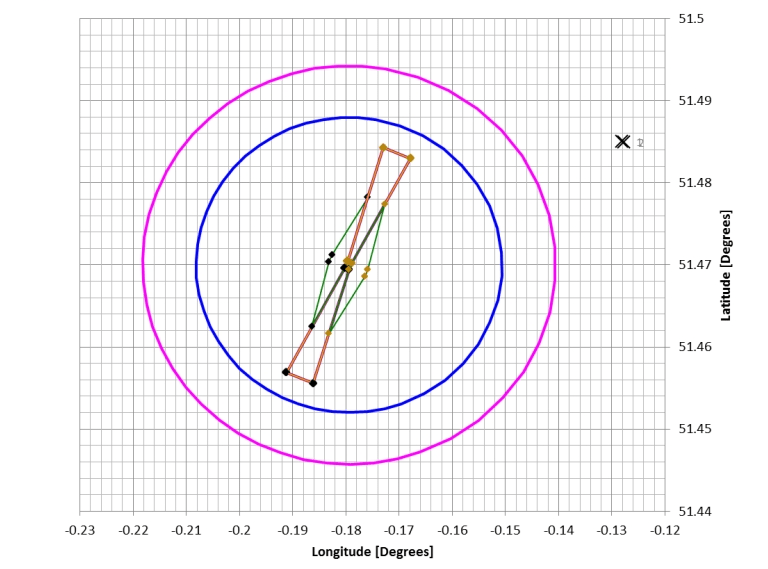Importance of Aviation Sites
Aerodromes serve a multitude of purposes in countries around the world. Civil airports are of course fundamental to modern travel but in addition to this, there are smaller airfields which are used locally/recreationally and military airfields that are important to national security. Any proposed development that is perceived to pose a threat to aviation interests in the area is far less likely to receive planning permission than a development that does not face such issues.
It is therefore fundamentally important to demonstrate that no issues are associated with a proposed development or that a solution can be deployed to address the concern.
Aviation planning concerns for large structures
Many developments such as buildings and wind turbines that are proposed in close proximity to airports attract concerns due to potential issues such as physical safeguarding and be classed as obstacles.
Large structures can obstruct the set imaginary protected surfaces (or Obstacle Limitation Surfaces) that surround an airport. They are in place to maintain safe flight operation. A surface breach can represent a safety hazard and prompt an objection from aviation stakeholders.
Due to the spinning blades, wind developments in particular are more likely to receive objections due to potential impacts on radar as well. Though more rare, building developments can also occur receive radar objections.
Solutions
 Figure 1: Obstruction Assessment chart example
Figure 1: Obstruction Assessment chart example
It is important to identify airports that are in the vicinity of any proposed development that could affect them. For wind turbine developments, the Aviation Risk Assessment has been designed to make this process simpler.
Airports generally have formal physical safeguarding rules governing the acceptability of obstructions / obstacles in their vicinity. Assessment of these rules allows any constraints on proposed developments to be quantified and accounted for in the design phase. The Obstruction Assessment is a useful tool. In some cases where the constraints are too restrictive, bespoke mitigation solutions can be deployed.
When considering aviation planning issues, it is advised to seek the opinion of a specialist. We have helped to resolve concerns of this nature in many different countries. If you would like to speak with us about a site, feel free to contact us on +44 (0) 1787 319001.



